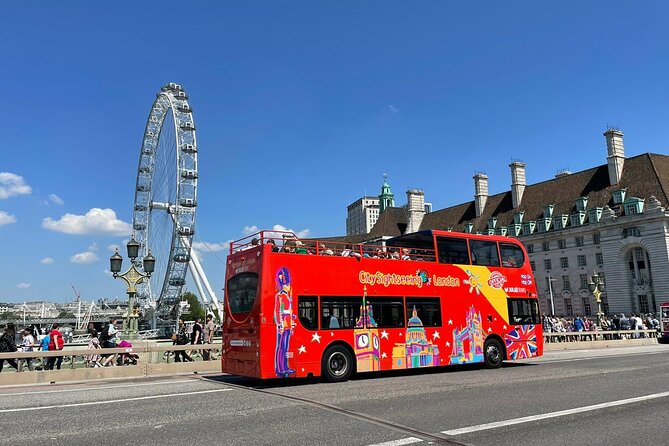In the realm of travel and tourism, few activities capture the essence of exploration and cultural immersion like sightseeing. It’s a practice deeply ingrained in our human curiosity – the desire to witness iconic landmarks, experience local culture, and marvel at the wonders of the world. As a multifaceted business category, sightseeing not only provides travelers with unforgettable experiences but also contributes significantly to the economic growth of destinations and the preservation of their cultural and historical heritage.
Sightseeing: A Journey Through Time and Culture
Sightseeing transcends mere tourism; it’s an opportunity to step into the past, experience the present, and catch a glimpse of the future. From ancient ruins to modern architectural marvels, each sight holds a story that reflects the evolution of societies, cultures, and civilizations.
- Cultural Immersion: Sightseeing allows travelers to immerse themselves in the local way of life, enabling them to connect with the heart and soul of a destination. Whether it’s exploring local markets, visiting art galleries, or attending cultural festivals, sightseeing offers a chance to engage with authenticity.
- Educational Opportunities: Historical sites, museums, and guided tours offer educational experiences that expand travelers’ knowledge and understanding of different cultures, traditions, and historical events.
- Iconic Landmarks: Iconic landmarks like the Eiffel Tower, the Great Wall of China, and the Taj Mahal draw millions of visitors each year, leaving a lasting impression and contributing significantly to a destination’s tourism revenue.
- Natural Wonders: Sightseeing is not limited to urban landscapes; natural wonders like national parks, waterfalls, and geological formations provide opportunities for breathtaking encounters with the beauty of the natural world.
The Business of Sightseeing:
- Tour Operators: Tour operators design and organize guided tours that showcase a destination’s highlights and unique aspects. These tours can range from walking tours of historic neighborhoods to luxury bus tours that cover expansive regions.
- Local Guides: Local guides are invaluable resources for travelers seeking in-depth knowledge and insider insights. They enhance the sightseeing experience by providing context, anecdotes, and personal connections to the places visited.
- Technology and Apps: With the advent of technology, sightseeing has evolved with the introduction of virtual tours, augmented reality apps, and multimedia guides that offer interactive and immersive experiences.
- Transport Services: Sightseeing often involves transportation services such as buses, boats, and even bicycles that facilitate movement between various points of interest.
Balancing Sustainability and Preservation:
As the popularity of sightseeing grows, so does the need to address sustainability and cultural preservation. The increased foot traffic to popular sites can lead to environmental degradation and wear and tear on historical structures. Implementing sustainable practices, managing visitor numbers, and investing in conservation efforts are essential to ensure these treasures remain accessible for future generations.
Conclusion: Crafting Lasting Memories
Sightseeing is more than just a business; it’s a portal through which travelers can discover the world, broaden their perspectives, and create lasting memories. It brings to life the stories and legacies of civilizations, fosters cultural exchange, and contributes to the economic vitality of destinations. As the travel industry continues to evolve, sightseeing will remain an essential pillar, offering a bridge between past, present, and future and a canvas on which travelers can paint their own stories of exploration and wonder.

